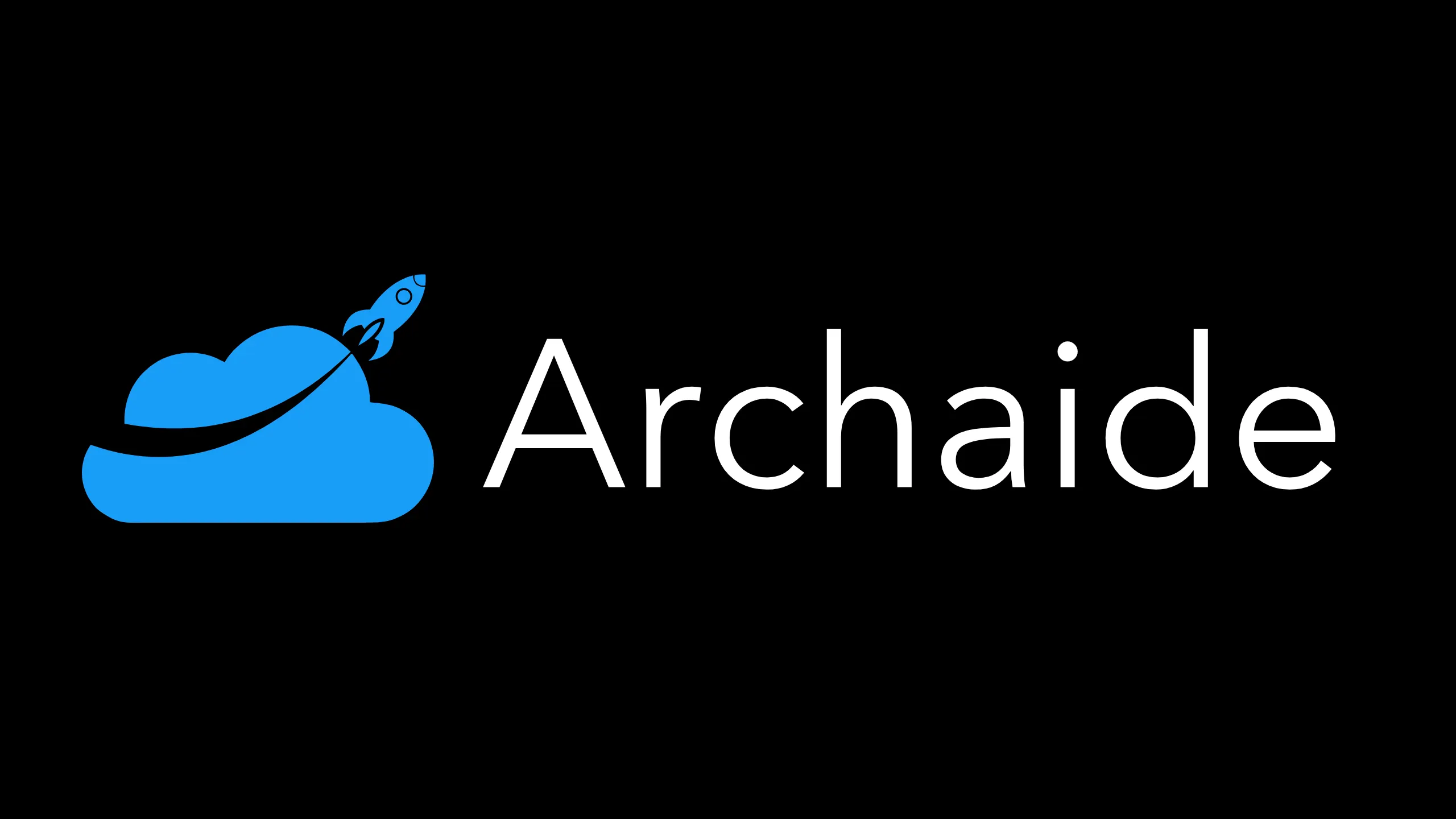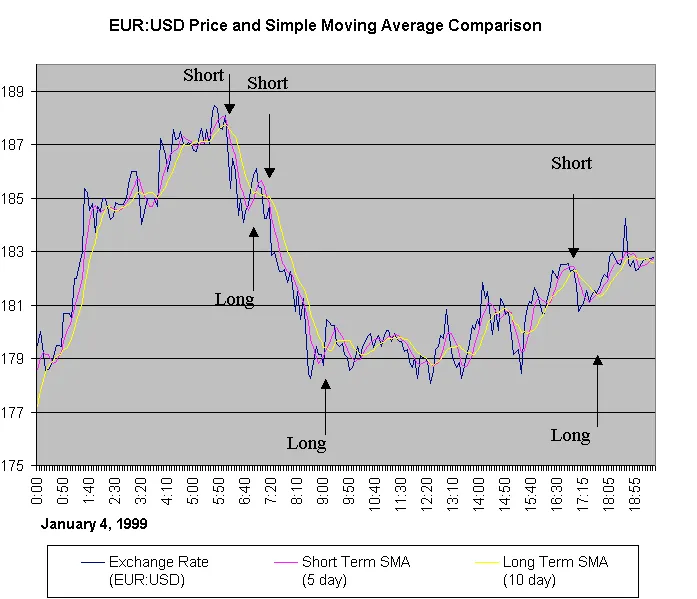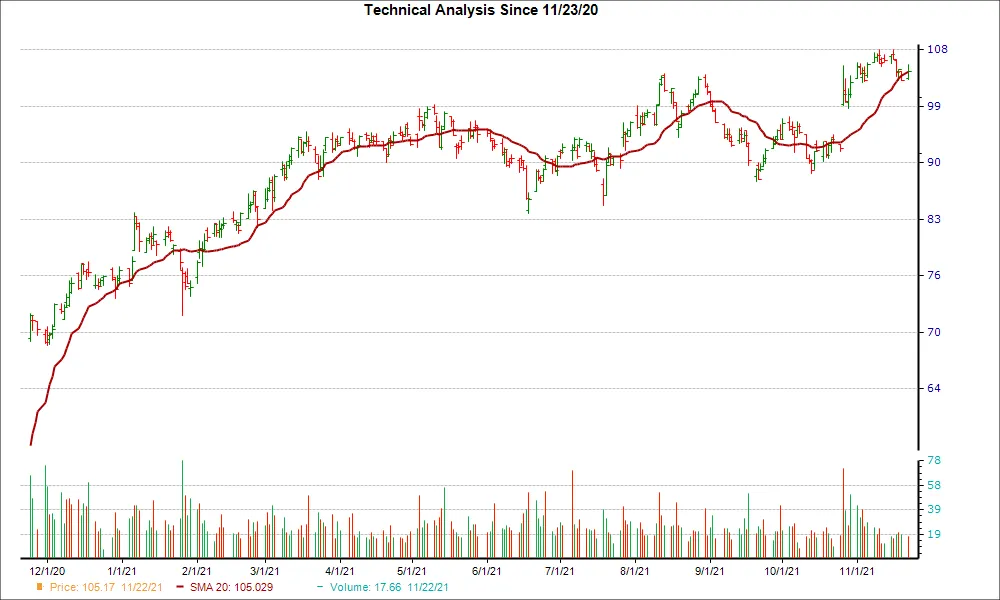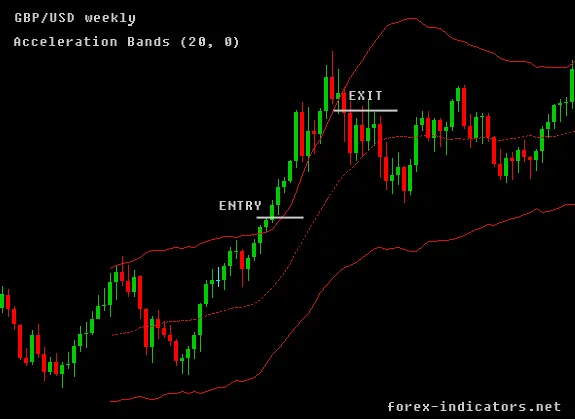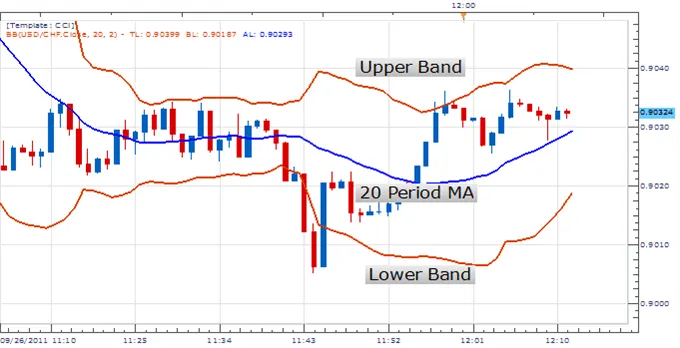Trading The Gap
By Samantha Baltodano
TL;DR:
In trading, a gap is a change in price levels between the close and open of two consecutive days. There are four types of gaps that can be used for trading purposes: full gap up, full gap down, partial gap up, and partial gap down. To minimize risk, traders should use a stop loss with a trailing stop of 8% for long positions and 4% for short positions. Gap trading strategies can be applied to a variety of timeframes, including weekly, end-of-day, or intraday.
What Is A Gap?
A gap is a change in price levels between the close and open of two consecutive days.
For example, if a company's earnings are much higher than expected, the company's stock may gap up the next day. This means the stock price opened higher than it closed the day before, thereby leaving a gap.
In the forex market, it is not uncommon for a report to generate so much buzz that it widens the bid and ask spread to a point where a significant gap can be seen.
Gap Basics
Gaps can be classified into four groups:
- Breakaway gaps occur at the end of a price pattern and signal the beginning of a new trend.
- Exhaustion gaps occur near the end of a price pattern and signal a final attempt to hit new highs or lows.
- Common gaps cannot be placed in a price pattern—they simply represent an area where the price has gapped.
- Continuation gaps, also known as runaway gaps, occur in the middle of a price pattern and signal a rush of buyers or sellers who share a common belief in the underlying stock's future direction.
Note - these labels are applied after the chart pattern is established. That is, the difference between any one type of gap from another is only distinguishable after the stock continues up or down in some fashion.
Although those classifications are useful for a longer-term understanding of how a particular stock or sector reacts, they offer little guidance for trading.
Trading The Gap
For trading purposes, we define four basic types of gaps as follows:
A Full Gap Up occurs when the opening price is greater than yesterday's high price.
In the chart below for Cisco (CSCO), the open price for June 2, indicated by the small tick mark to the left of the second bar in June (green arrow), is higher than the previous day's close, shown by the right-side tick mark on the June 1 bar.
A Full Gap Down occurs when the opening price is less than yesterday's low. The chart for Amazon (AMZN) below shows both a full gap up on August 18 (green arrow) and a full gap down the next day (red arrow).
A Partial Gap Up occurs when today's opening price is higher than yesterday's close, but not higher than yesterday's high.
The next chart for Earthlink (ELNK) depicts the partial gap up on June 1 (red arrow) and the full gap up on June 2 (green arrow).
A Partial Gap Down occurs when the opening price is below yesterday's close, but not below yesterday's low.
The red arrow on the chart for Offshore Logistics (OLG), below, shows where the stock opened below the previous close, but not below the previous low.
Trading The Gap
In order to successfully trade gapping stocks, one should use a disciplined set of entry and exit rules to signal trades and minimize risk. Additionally, gap trading strategies can be applied to weekly, end-of-day or intraday gaps. It is important for longer-term investors to understand the mechanics of gaps, as 'short' signals can be used as exit signals to sell holdings.
Each of the four gap types has a long and short trading signal, defining the eight gap trading strategies. The basic tenet of gap trading is to allow one hour after the market opens for the stock price to establish its range.
Stop Loss
Once a position is entered, you calculate and set an 8% trailing stop to exit a long position, and a 4% trailing stop to exit a short position. A trailing stop is simply an exit threshold that follows the rising price or falling price in the case of short positions.
Long Example: You buy a stock at $100. You set the exit at no more than 8% below that, or $92. If the price rises to $120, you raise the stop to $110.375, which is approximately 8% below $120. The stop keeps rising as long as the stock price rises. In this manner, you follow the rise in stock price with either a real or mental stop that is executed when the price trend finally reverses.
Short Example: You short a stock at $100. You set the Buy-to-Cover at $104 so that a trend reversal of 4% would force you to exit the position. If the price drops to $90, you recalculate the stop at 4% above that number, or $93 to Buy-to-Cover.
Full Gap Trading
If a stock's opening price is greater than yesterday's high, revisit the 1-minute chart after 10:30 AM and set a long (buy) stop two ticks above the high achieved in the first hour of trading. (Note: A 'tick' is defined as the bid/ask spread, usually 1/8 to 1/4 point, depending on the stock.)
Full Gap Up: Short
If the stock gaps up, but there is insufficient buying pressure to sustain the rise, the stock price will level or drop below the opening gap price. Traders can set similar entry signals for short positions as follows:
If a stock's opening price is greater than yesterday's high, revisit the 1-minute chart after 10:30 AM and set a short stop equal to two ticks below the low achieved in the first hour of trading.
Full Gap Down: Long
Poor earnings, bad news, organizational changes and market influences can cause a stock's price to drop uncharacteristically. A full gap down occurs when the price is below not only the previous day's close but the low of the day before as well. A stock whose price opens in a full gap down, then begins to climb immediately, is known as a “Dead Cat Bounce.”
If a stock's opening price is less than yesterday's low, set a long stop equal to two ticks more than yesterday's low.
If a stock's opening price is less than yesterday's low, revisit the 1-minute chart after 10:30 AM and set a short stop equal to two ticks below the low achieved in the first hour of trading.
Partial Gap Trading
The difference between a Full and Partial Gap is risk and potential gain.
In general, a stock gapping completely above the previous day's high has a significant change in the market's desire to own or sell it.
Demand is large enough to force the market maker or floor specialist to make a major price change to accommodate the unfilled orders.
Full gapping stocks generally trend farther in one direction than stocks which only partially gap. However, a smaller demand may just require the trading floor to only move price above or below the previous close in order to trigger buying or selling to fill on-hand orders.
There is generally a greater opportunity for gain over several days in full gapping stocks.
If there is not enough interest in selling or buying a stock after the initial orders are filled, the stock will return to its trading range quickly. Entering a trade for a partially gapping stock generally calls for either greater attention or closer trailing stops of 5-6%.
The strategies are as follows:
If a stock's opening price is greater than yesterday's close, but not greater than yesterday's high, the condition is considered a Partial Gap Up. The process for a long entry is the same as for Full Gaps, in that one revisits the 1-minute chart after 10:30 AM and sets a long (buy) stop two ticks above the high achieved in the first hour of trading.
Partial Gap Up: Short
The short trade process for a partial gap up is the same as for Full Gaps, in that one revisits the 1-minute chart after 10:30 AM and sets a short stop two ticks below the low achieved in the first hour of trading.
Partial Gap Down: Long
If a stock's opening price is less than yesterday's close, revisit the 1-minute chart after 10:30 AM and set a buy stop two ticks above the high achieved in the first hour of trading.
The short trade process for a partial gap down is the same as for Full Gap Down, in that one revisits the 1-minute chart after 10:30 AM and sets a short stop two ticks below the low achieved in the first hour of trading.
If a stock's opening price is less than yesterday's close, set a short stop equal to two ticks less than the low achieved in the first hour of trading today.
If the volume requirement is not met, the safest way to play a partial gap is to wait until the price breaks the previous high (on a long trade) or low (on a short trade).
End-of-Day Gap Trading
All eight of the Gap Trading Strategies can also be applied to end-of-day trading. Increases in volume for stocks gapping up or down is a strong indication of continued movement in the same direction of the gap.
A gapping stock that crosses above resistance levels provides reliable entry signals. Similarly, a short position would be signaled by a stock whose gap down fails support levels.
Summary
- A gap is a change in price levels between the close and open of two consecutive days.
- There are four types of gaps: breakaway, exhaustion, common, and continuation.
- There are four types of gaps for trading purposes: full gap up, full gap down, partial gap up, and partial gap down.
- Gap trading strategies can be applied to weekly, end-of-day, or intraday gaps.
- A stop loss should be used to minimize risk in gap trading, with a trailing stop of 8% for long positions and 4% for short positions.
Gap Strategies are just some of many strategies that Archaide automates. For a full list of strategies and studies available click here.
Like what you read? Check out the rest of our content!
